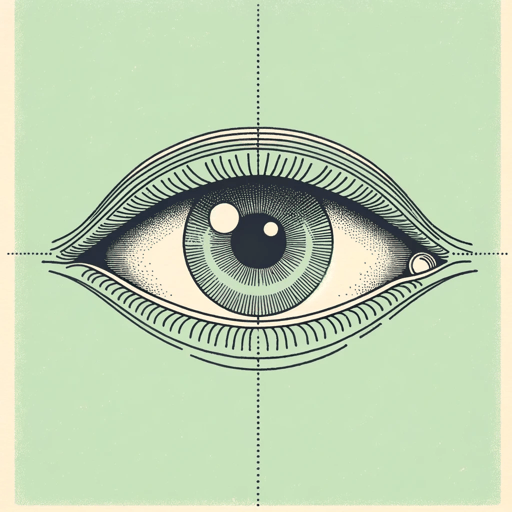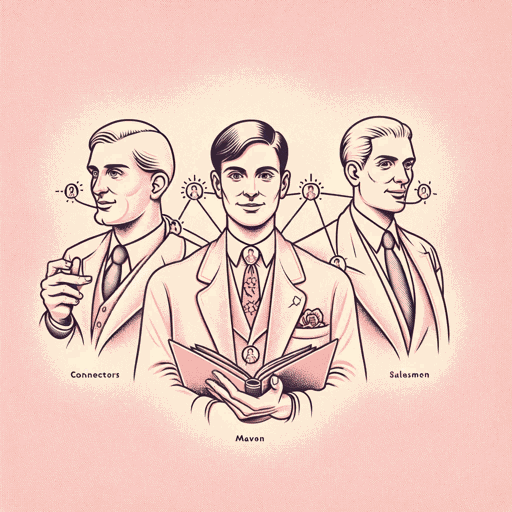42 pages • 1 hour read
Malcolm GladwellThe Tipping Point: How Little Things Can Make a Big Difference
Nonfiction | Book | Adult | Published in 2000A modern alternative to SparkNotes and CliffsNotes, SuperSummary offers high-quality Study Guides with detailed chapter summaries and analysis of major themes, characters, and more.
Themes
The Big Impact of Small Changes
Early in The Tipping Point, Gladwell sets up the idea that small changes can have huge effects as a “radical notion” (10) and discusses the importance of understanding that “sometimes big changes follow from small events” (11) if people want to trace the roots of social epidemics. He provides numerous examples of this throughout his narrative and urges readers to remember this idea above almost anything else.
Epidemics are delicate phenomena, and even “the smallest of changes” can “shatter an epidemic’s equilibrium” (18). This includes the activities of a few individuals whose impact is incredibly outsized. Gladwell gives the examples of a Colorado Springs gonorrhea epidemic in which the STI epidemic “tipped because of the activities of 168 people living in four small neighborhoods […] frequenting the same six bars” (20). The same is true for social epidemics. A small group of special people whom Gladwell identifies under the rubric of his Law of the Few—Connectors, Mavens, and Salesmen—are indispensable for promulgating word-of-mouth epidemics, yet they represent a tiny proportion of the overall population. Gladwell discusses the rise of Hush Puppies shoes in the 1990s, tracing their resurgence to a few trendsetting New York City hipsters who made an unexpected fashion choice and triggered an epidemic of wearing retro shoes.
Related Titles
By Malcolm Gladwell

Blink: The Power of Thinking Without Thinking
Malcolm Gladwell

David and Goliath: Underdogs, Misfits, and the Art of Battling Giants
Malcolm Gladwell

Outliers
Malcolm Gladwell

Talking to Strangers: What We Should Know About the People We Don’t Know
Malcolm Gladwell

The Bomber Mafia: A Dream, a Temptation, and the Longest Night of the Second World War
Malcolm Gladwell

What the Dog Saw: And Other Adventures
Malcolm Gladwell

